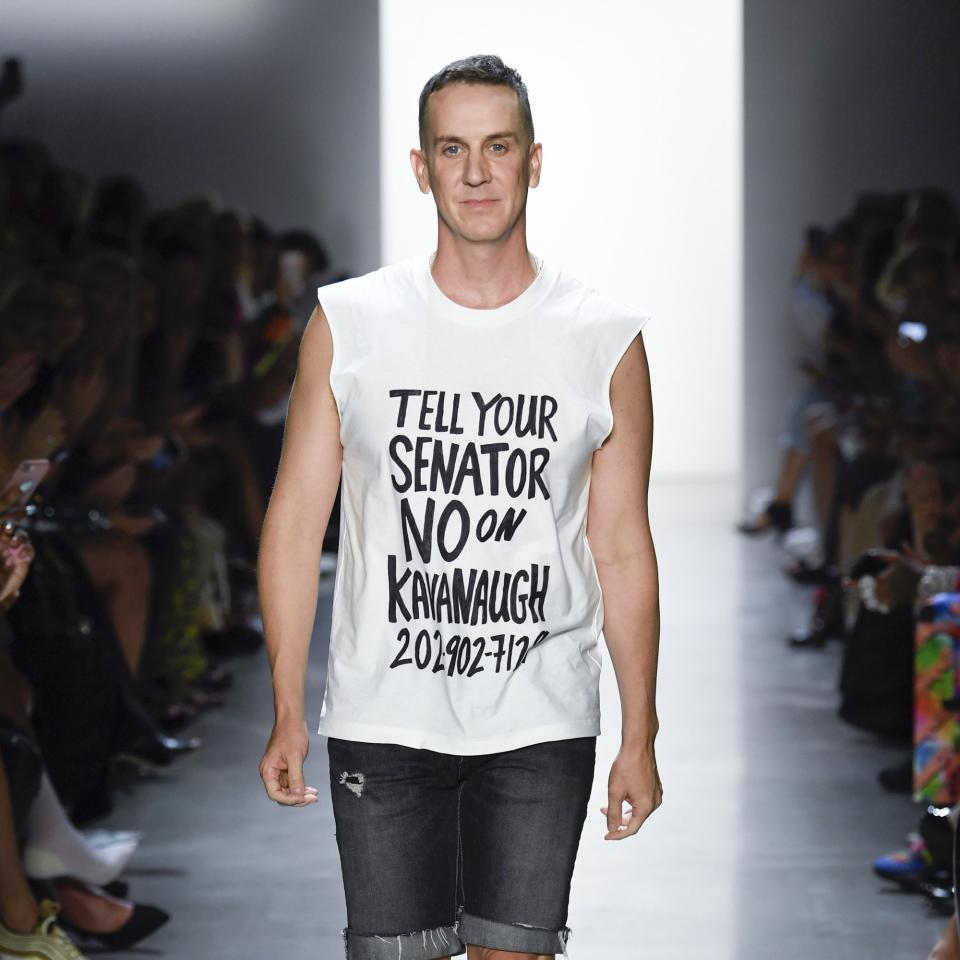From Runway Protests to a #MeToo Blackout, Here Are 12 Ways Fashion Tried to Change the World in 2018
In early September, just before fashion month kicked off in New York, Nike took a big risk. The company released an ad campaign starring Colin Kaepernick, the football player who caused an uproar in a fiercely divided United States when he refused to stand for the national anthem two years ago. “I am not going to stand up to show pride in a flag for a country that oppresses black people and people of color,” he said at the time.
Kaepernick, of course, drew ire from POTUS and his MAGA followers, but he also became a symbol of defiance and strength for those fighting against injustice and oppression. Along with the controversial ads, Nike also introduced a new slogan: “Believe in something. Even if it means sacrificing everything.” While the majority celebrated Nike, many burned their swoosh label sneakers.
This year, it seemed that large swaths of the fashion world took Nike and Kaepernick’s advice. Brands big and small embraced an outspoken approach to making social responsibility and taking a stand essential parts of their bottom line. In 2018, there were more loud voices shouting against the system, even from within the system. In the beginning of the year we saw designers join forces with stylists and female celebrities who wore black to the Golden Globes as a sign of solidarity with the women who spoke out about their experiences with sexual assault and harassment. Ahead of the midterm elections, designers like Tory Burch and Prabal Gurung made Vote merch that gave all profits back to the Rock the Vote organization. Other brands, including Balenciaga and Everlane, aligned themselves with important environmental and societal causes.
Believing in something isn’t just fashionable at the moment, it’s a practice that’s making real, actionable change within the industry and beyond. Fashion may not yet have changed the world, and there’s certainly a long, long way to go to achieve anything like justice, but here are a few ways it tried.
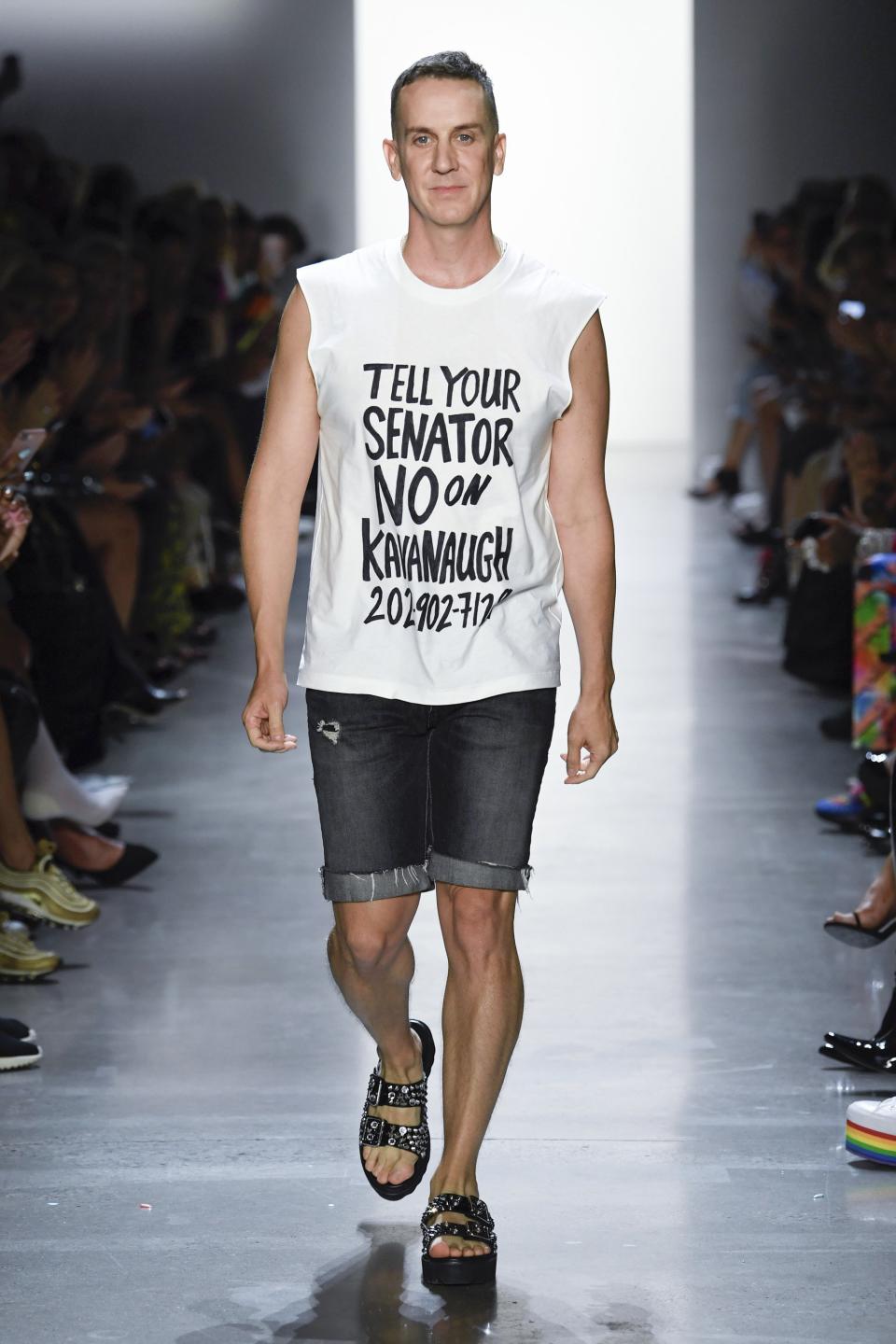
Jeremy Scott’s Anti-Kavanaugh T-shirt
To close his Spring 2019 show in New York, designer Scott wore a DIY T-shirt with the words Tell your senators no on Kavanaugh splashed across the front. Just below, he added the phone number to the Washington, D.C., office fielding calls from people against President Trump’s appointment of the anti-choice, accused sexual abuser Brett Kavanaugh to the U.S. Supreme Court.
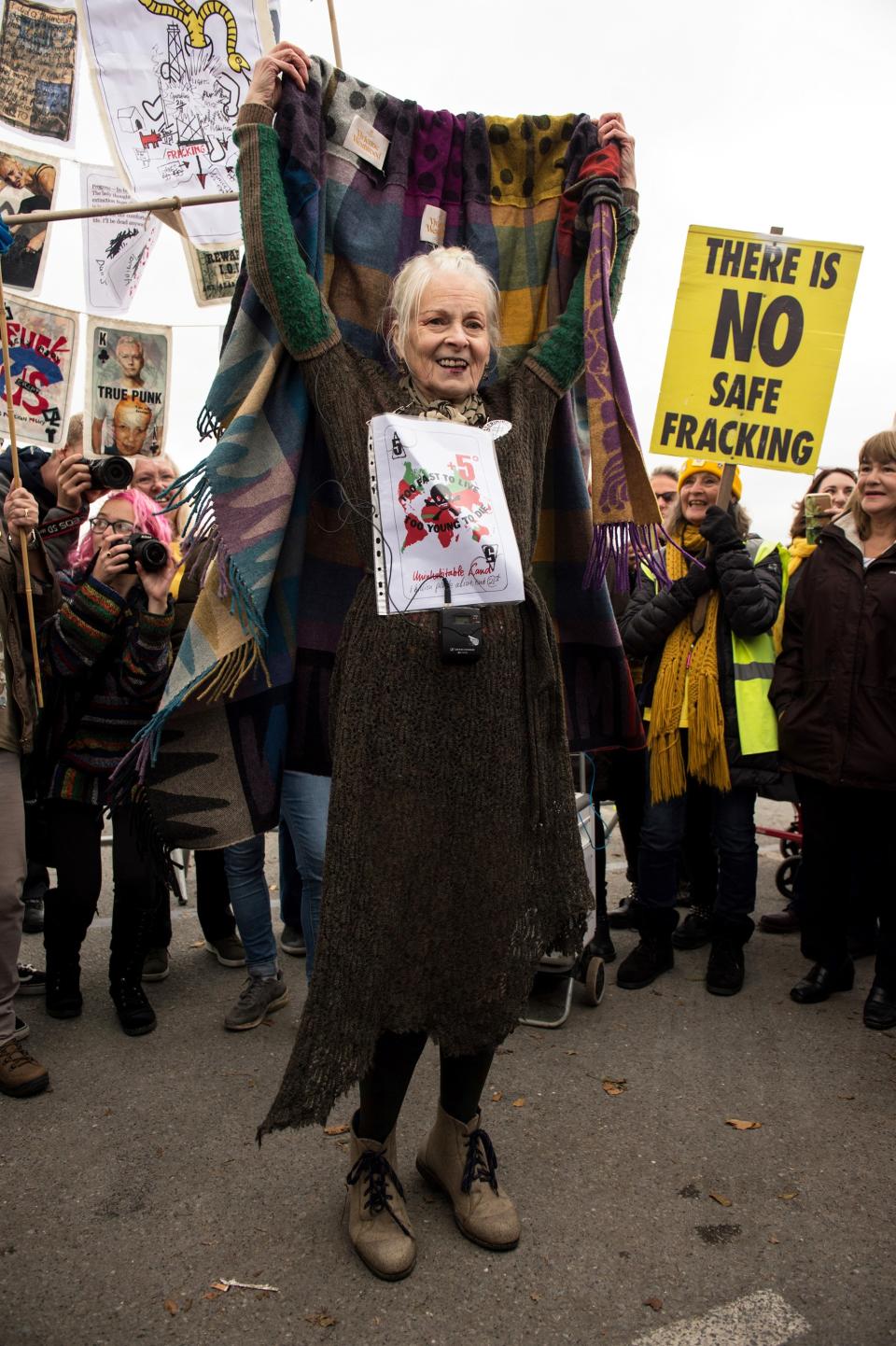
BRITAIN-ENERGY-NATURAL-GAS-ENVIRONMENT-COURT-POLITICS
Photo: Getty ImagesVivienne Westwood’s Dance Party Protest Against Fracking
In October, environmentalist and fashion legend Westwood took to the streets in Lancashire, England, to protest against local corporation Cuadrilla Resources and its fracking practices. But hers was no typical march; the designer threw an ABBA-themed dance party to make her point both felt and heard.
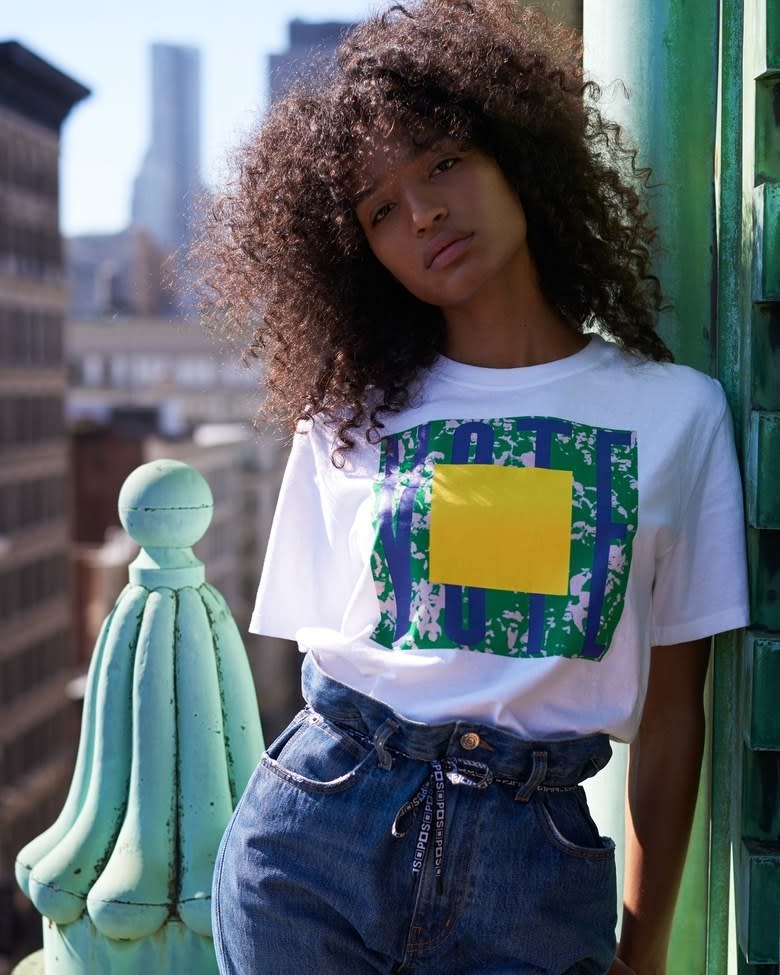
Designers and Their Vote Tees
Ahead of the midterm elections, which would end up giving Democrats control of the House of Representatives again, designers and labels such as Proenza Schouler, Tory Burch, Prabal Gurung, and more created voting merch to remind us all about the importance of practicing our civic duty. Most of the T-shirts benefited a charity: Proenza Schouler’s shirts supported the gun safety group Everytown, while 100 percent of the profits from Tory Burch’s and Prabal Gurung’s tees went directly to Rock the Vote.
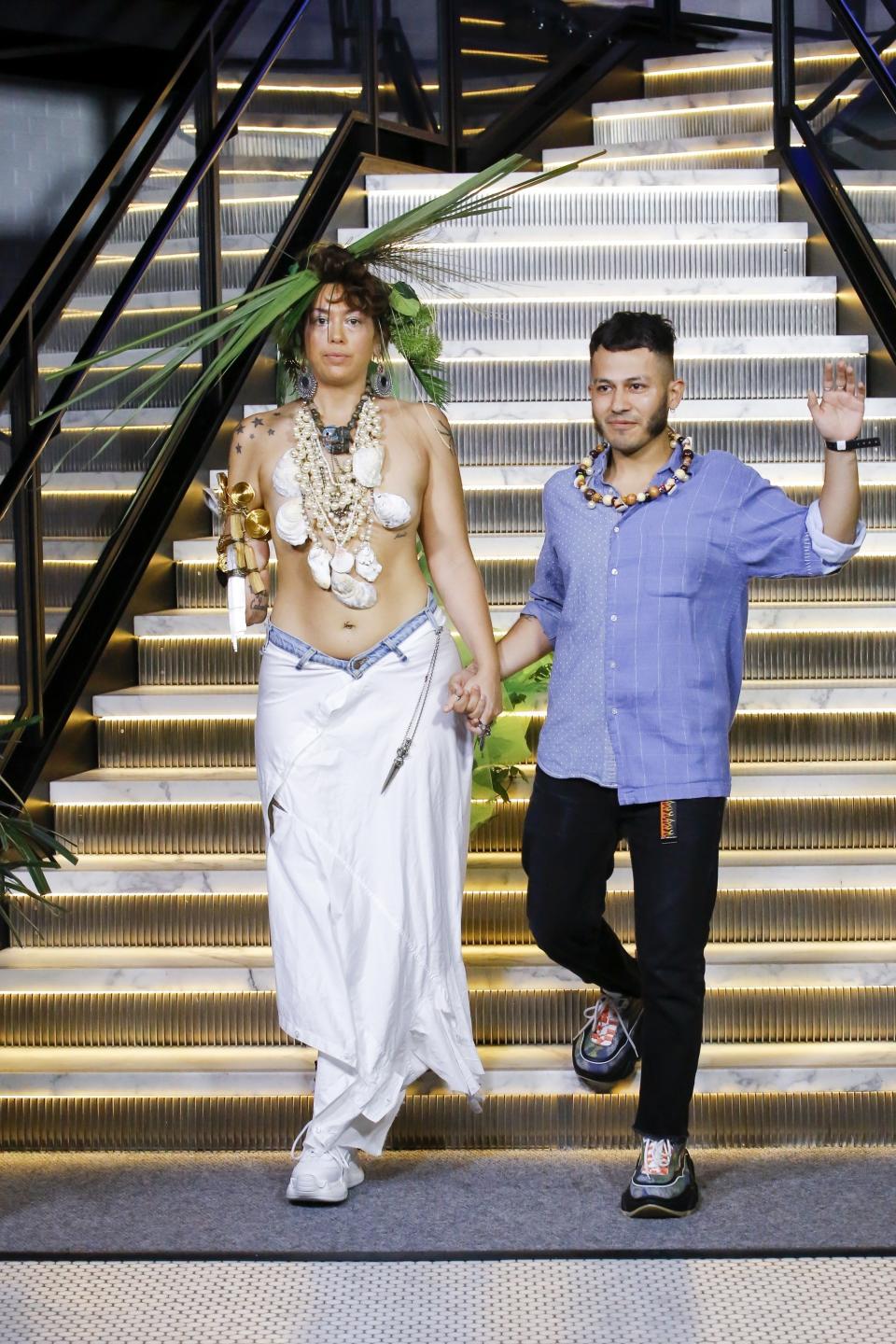
Gypsy Sport’s Spring 2019 Show
Rio Uribe paid a heartfelt tribute to nature at his Spring 2019 show. It took place on the anniversary of 9/11 and opened with a call to look inward and love Mother Earth by healer Domonique Echeverria. Most important, Uribe got serious about sustainability: Ninety-nine percent of the collection was designed using recycled fabrics and materials.
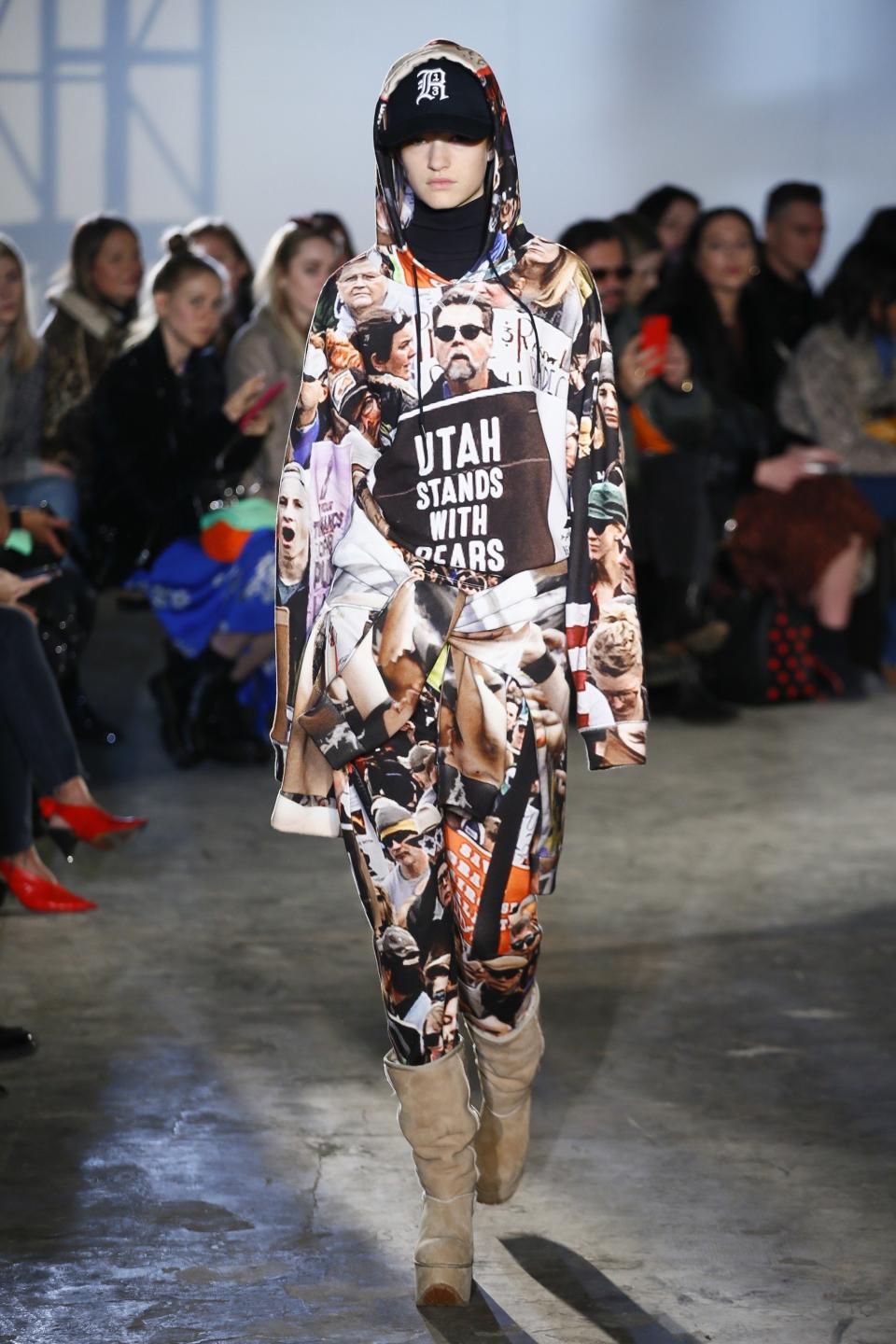
R13’s Utah Capsule
In response to the December 2017 announcement that President Trump’s administration would reduce the size of two national monuments in Utah, R13 designer Chris Leba created a Fall 2018 collection inspired by Grand Staircase-Escalante and Bears Ears parks. A few months later, he released a capsule collection of those clothes, with 100 percent of the proceeds going to the Ute tribe PAC and SUWA, the Southern Utah Wilderness Alliance.
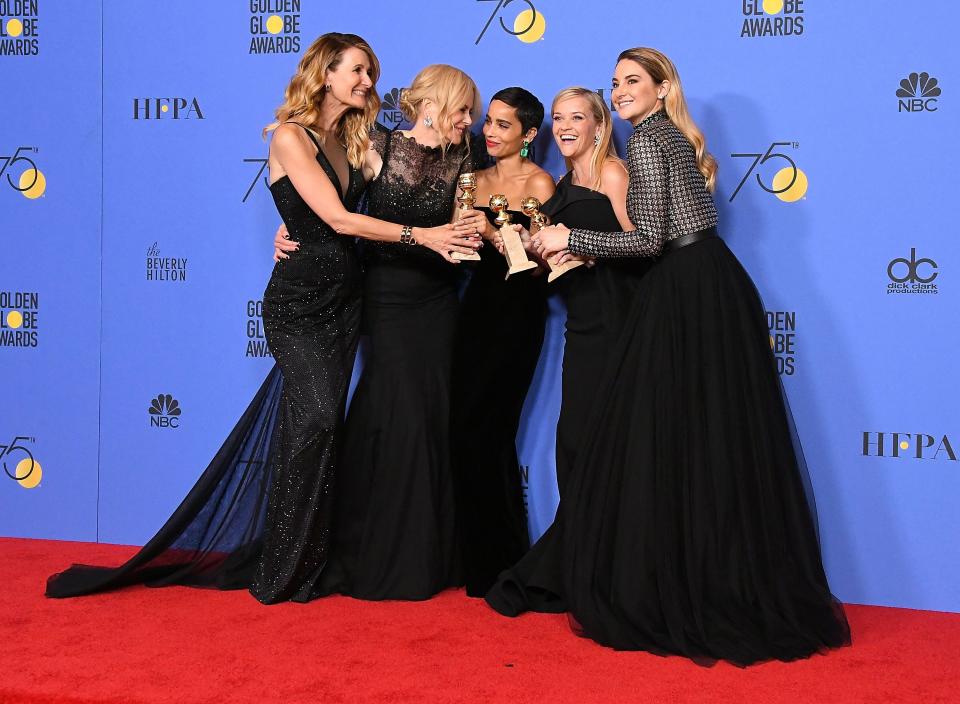
75th Annual Golden Globe Awards - Press Room
Photo: Getty ImagesTime’s Up Golden Globes Blackout
In January, actresses including Reese Witherspoon and Nicole Kidman wore only black to the Golden Globe Awards as a sign of solidarity with the victims of sexual assault and harassment.
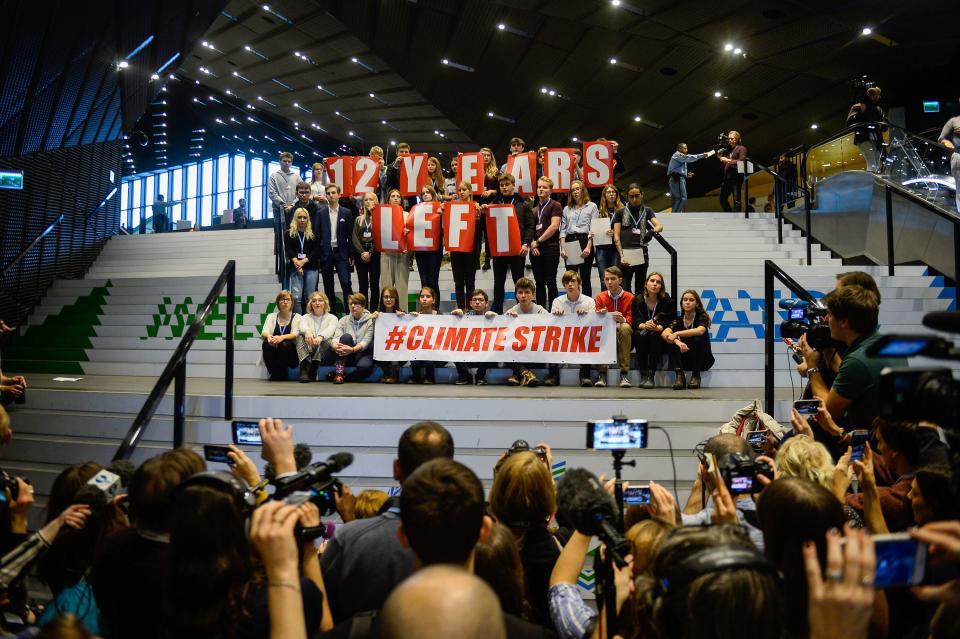
_DHP6953
Photo: Getty ImagesSigning of the Fashion Industry Charter for Climate Action at COP24
During the COP24 climate summit held in Poland in early December, brands including Burberry, Levi’s, Gap, Inditex (owner of Zara), and Kering (owner of Gucci, Saint Laurent, Balenciaga, and more) signed a charter pledging to work together alongside the U.N. to reduce the amount of greenhouse gas emissions caused by the fashion industry as a whole.
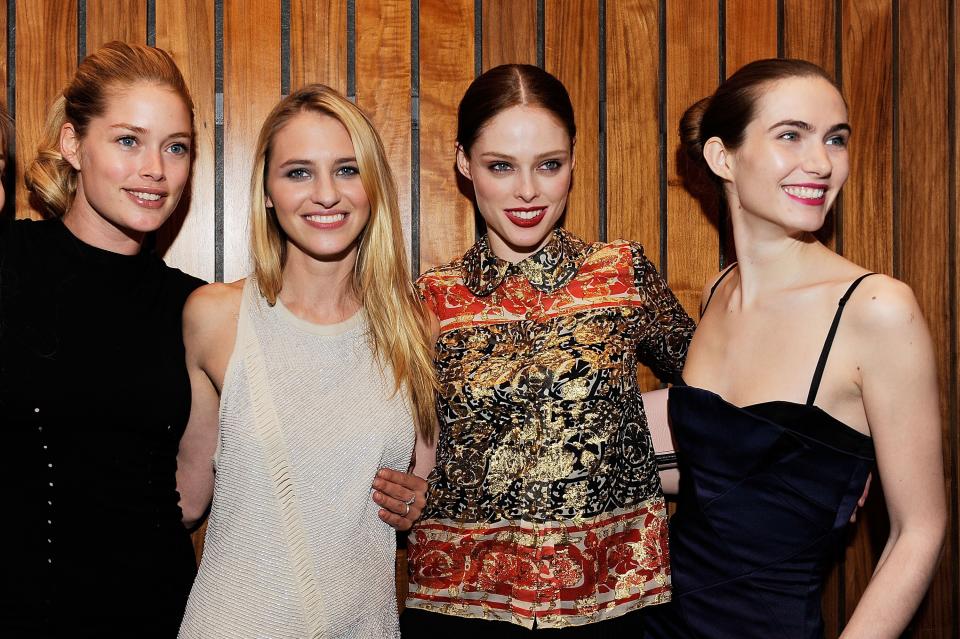
68298309
Photo: Getty ImagesModel Alliance Respect Program
In May, the Model Alliance announced the launch of a new initiative called the Respect Program. It is a legal agreement that serves to protect models against sexual harassment and provide fashion companies and modeling agencies with guidance and leadership in order to create safer working environments.
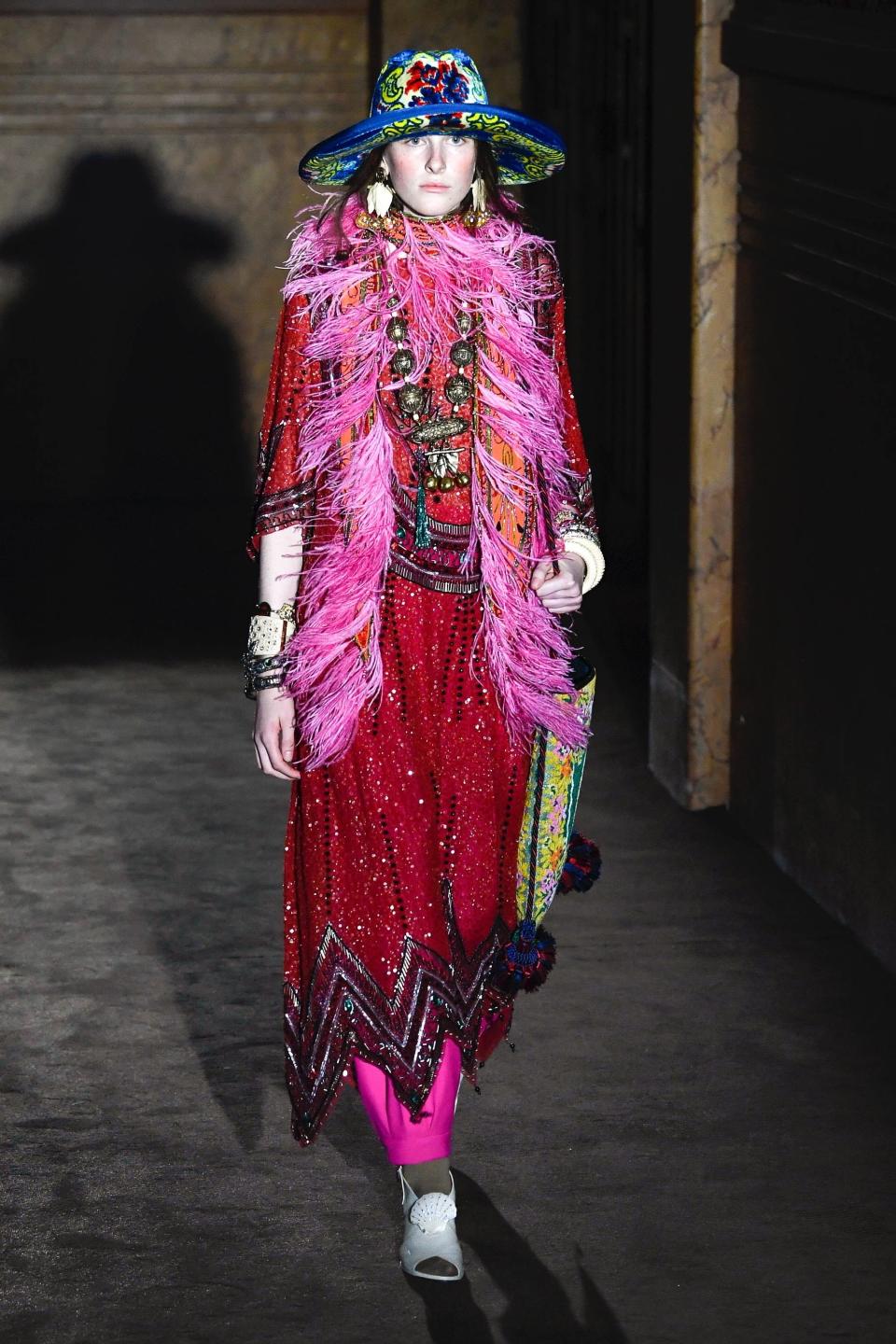
Burberry, Versace, Coach, Gucci, Chanel Go Fur-Free
In 2018, some of the biggest names in the luxury fashion business announced that they would no longer use real fur.
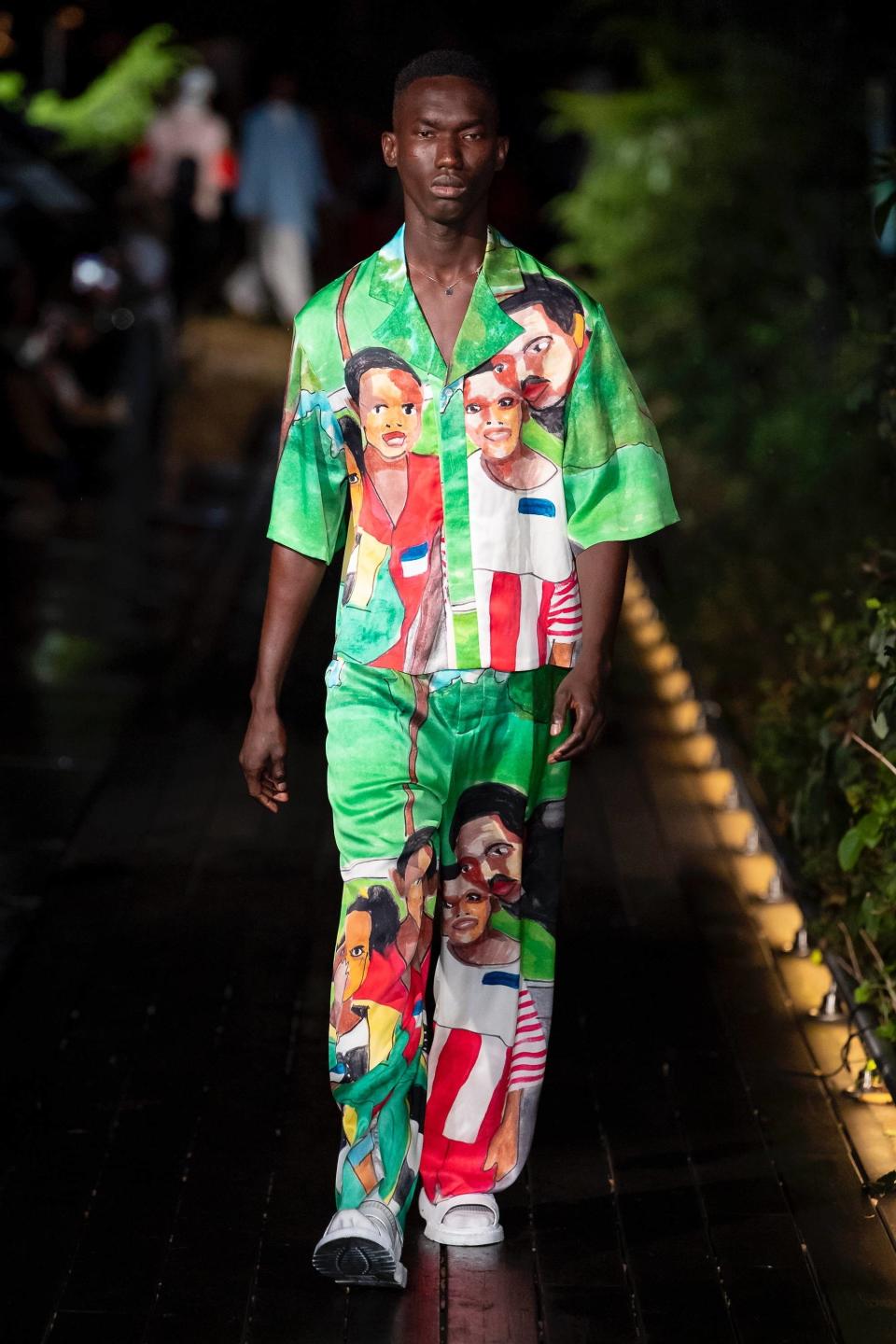
Pyer Moss’s Spring 2019 Show
CFDA/Vogue Fashion Fund winner Kerby Jean-Raymond chose Weeksville, Brooklyn, as the setting for his Pyer Moss Spring 2019 show. Weeksville was one of the country’s first free-black communities. Raymond decided on this site to highlight the impulse behind his moving collection: to imagine “what the African-American experience would look like without the constant threat of racism.”
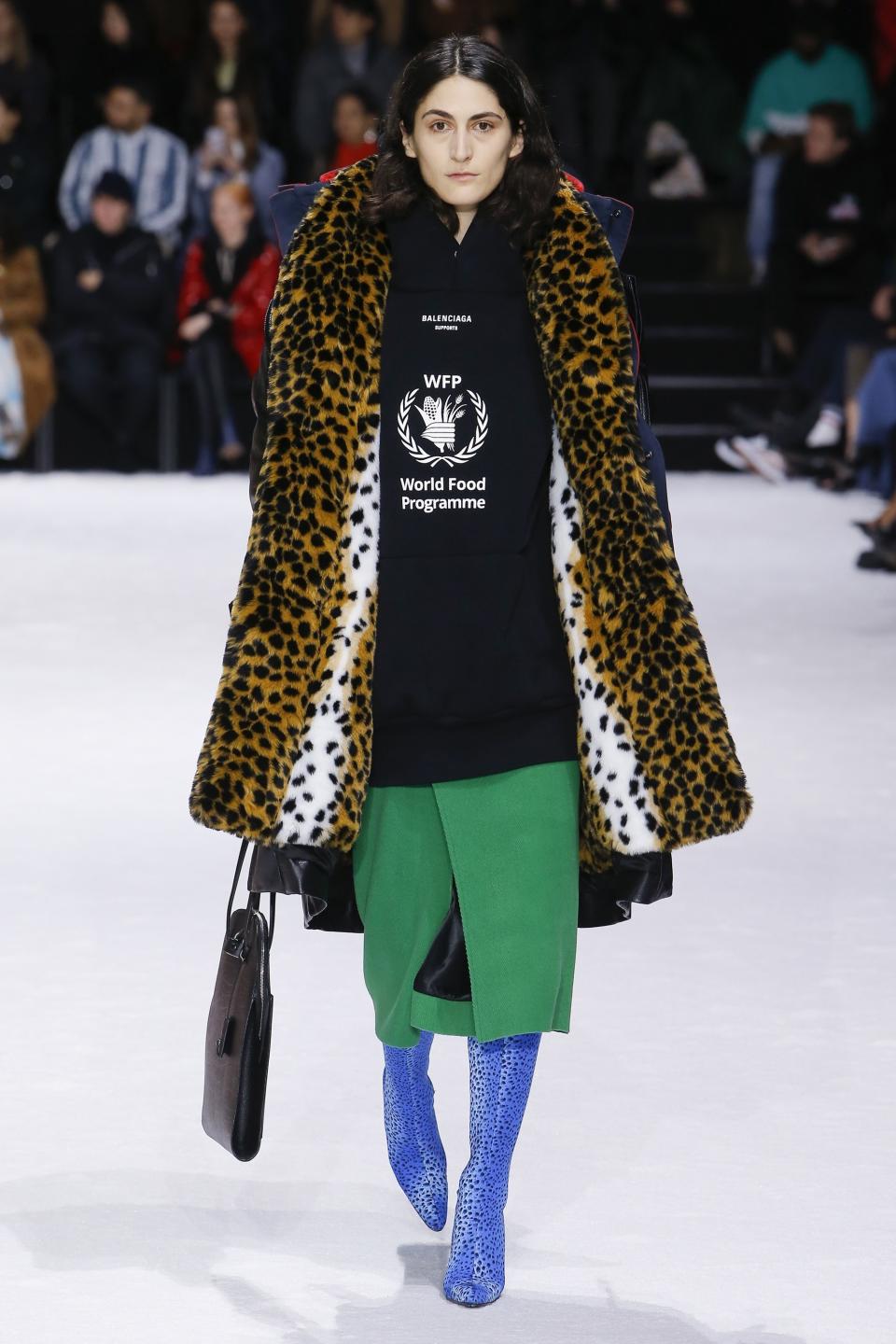
Balenciaga’s Partnership With the World Food Programme
At his Fall 2018 show for Balenciaga, Demna Gvasalia debuted a collection of World Food Programme logo merch, which was eventually sold with profits going toward the U.N. charity. Balenciaga also gave an additional $250,000 to the organization.
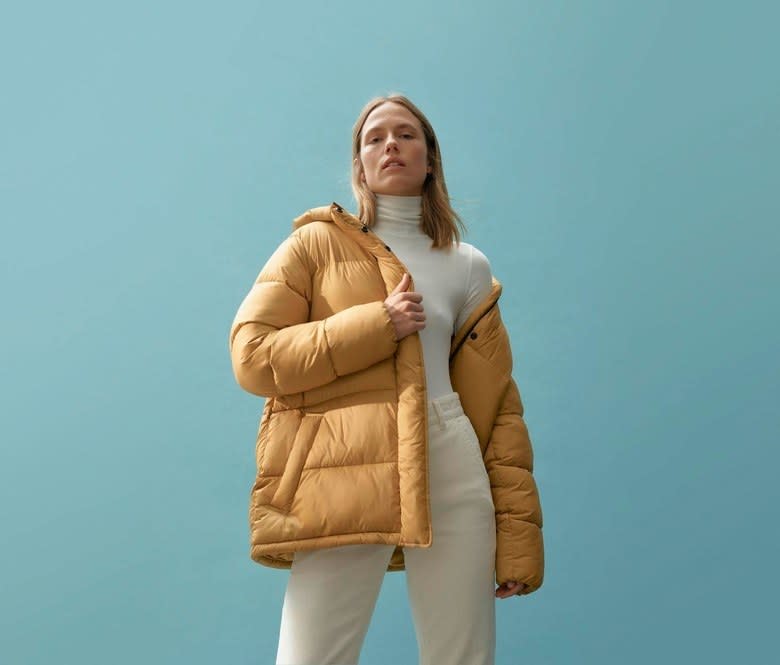
Everlane, Gabriela Hearst, and Maggie Marilyn Are Getting Rid of Virgin Plastic
Great strides were made this year when it came to fashion labels and designers ditching virgin plastic materials entirely or utilizing sustainable, recycled plastic materials, both in their packaging and in their merchandise. Everlane led the charge with a promise to completely eliminate the use of virgin plastic by 2021 and substitute with a new material called ReNew, made from recycled plastic bottles. Marilyn’s Resort 2019 collection was highlighted by a pleated skirt made from 100 percent recycled plastic water bottles, and Hearst switched out her plastic packaging for compostable Tipa bags, which can biodegrade in just 24 weeks instead of more than 500 years, which is the typical amount of time for regular plastics. Marylin also recently announced new packaging made with root starch, vegetable oil, and a vegetable polymer created by Complast, which can be composted or can biodegrade in a landfill or in the ocean.
